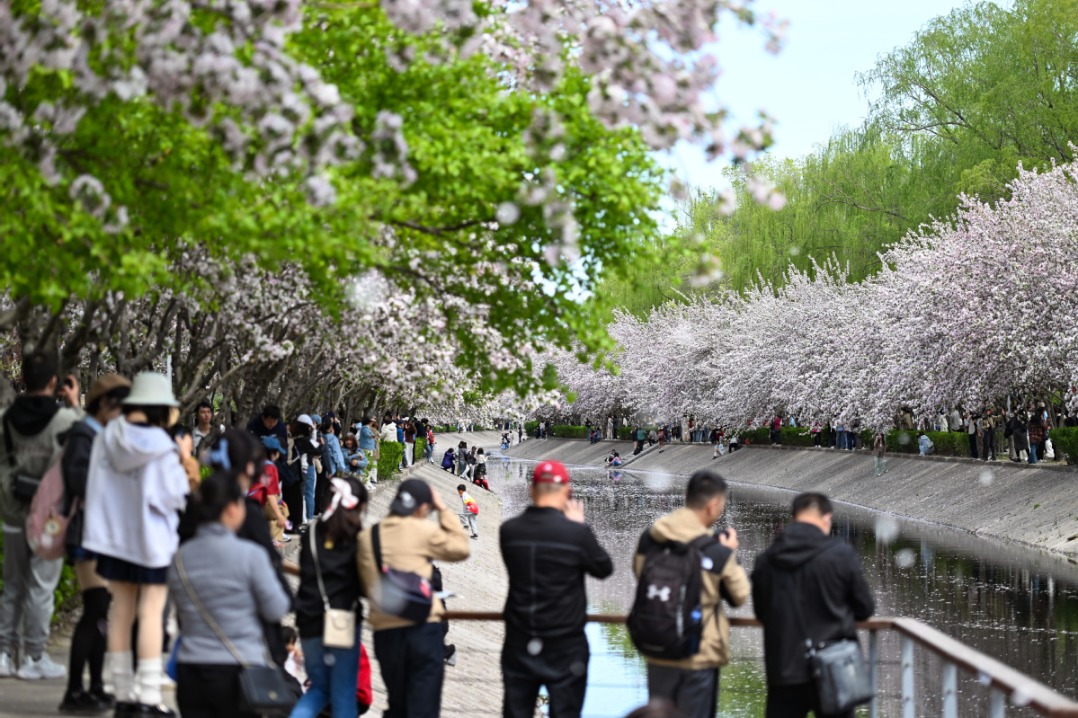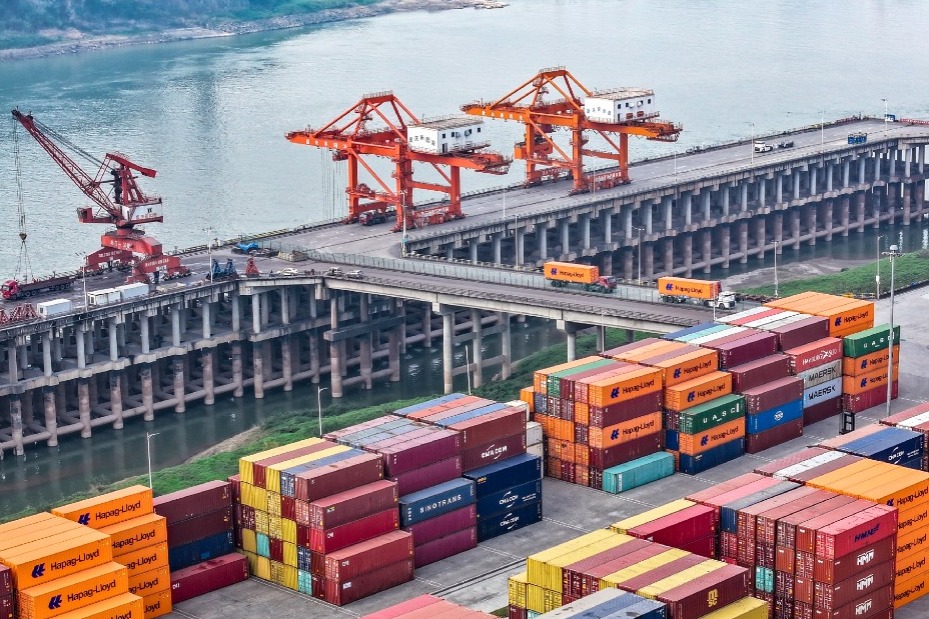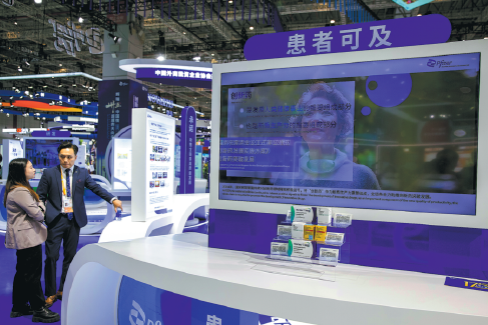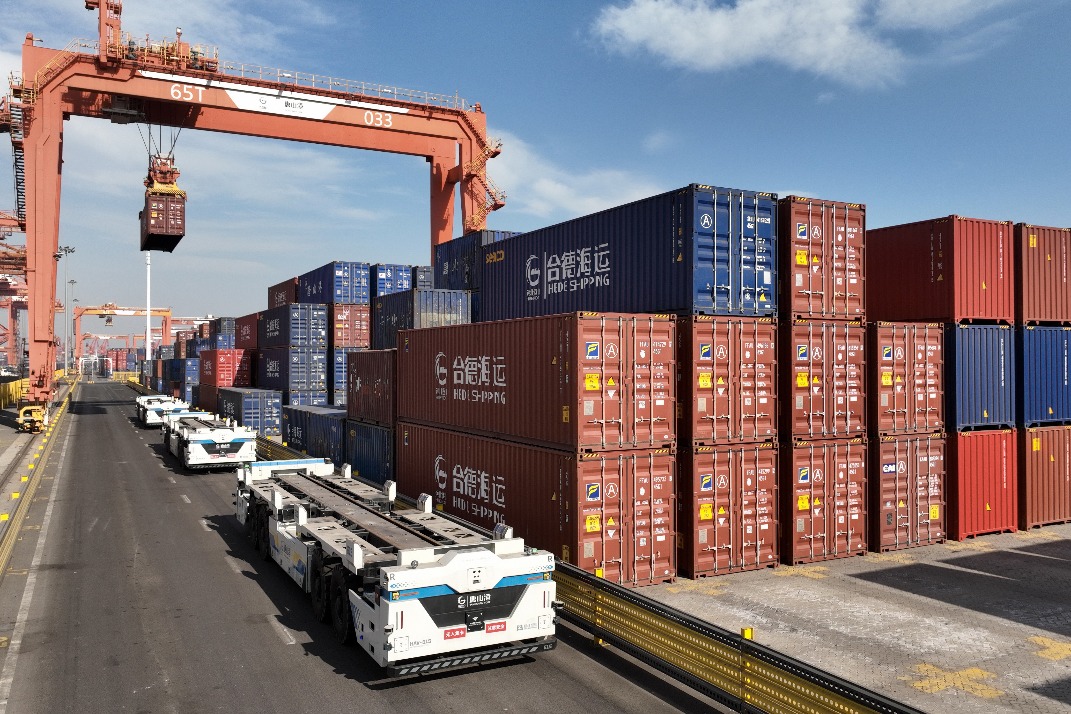China Pavilion shines with tech prowess

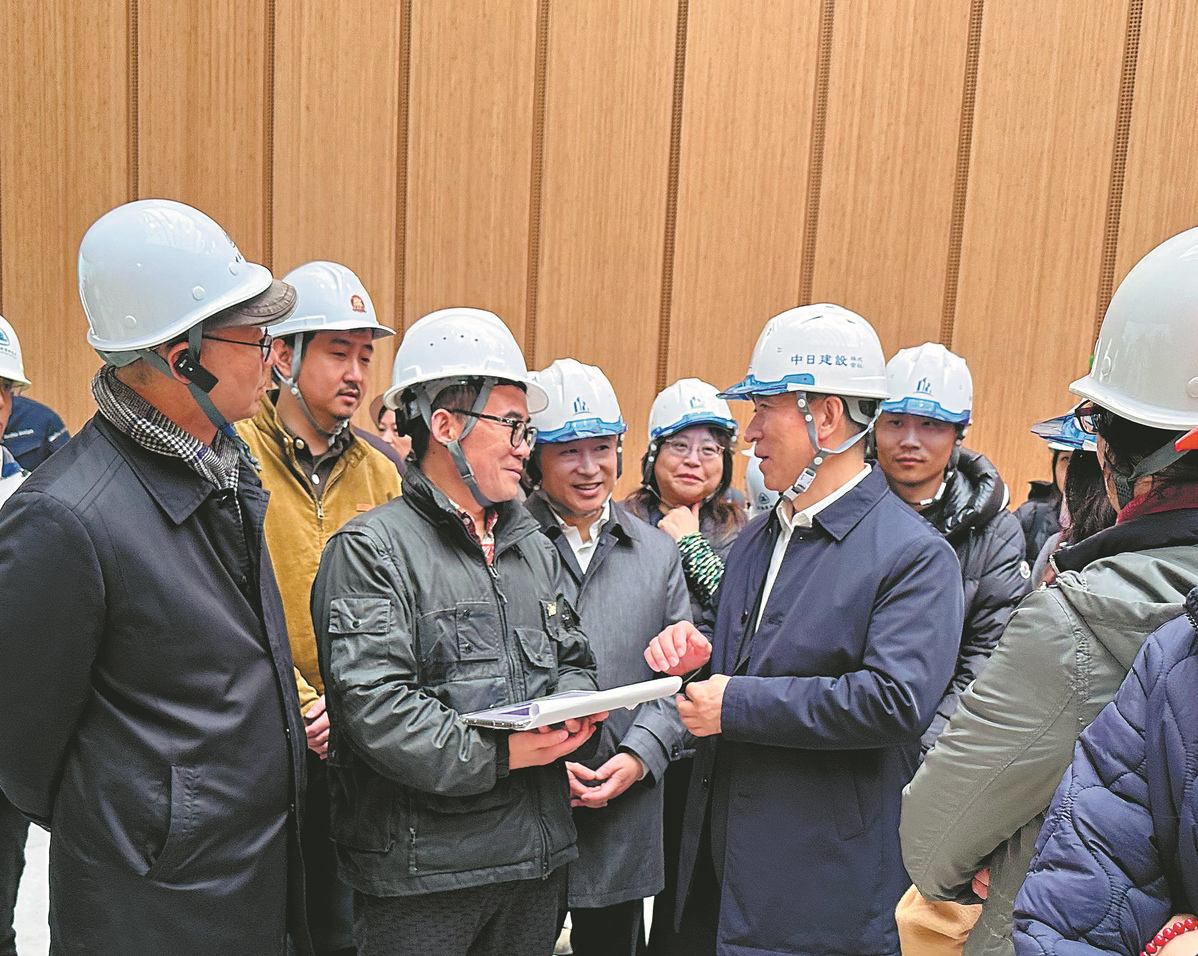
The China Pavilion, arguably one of the most anticipated national pavilions at Expo 2025 Osaka, will present a groundbreaking showcase of Chinese technological prowess in green solutions and ecological vision, in order to redefine global audiences' understanding of China through immersive storytelling, cutting-edge innovation and cross-cultural dialogue, said the pavilion's chief exhibit architect.
Opening on Sunday through Oct 13, Expo 2025 Osaka will see countries and organizations from around the world gather in the major Japanese city under the theme "Designing Future Society for Our Lives".
Spanning 3,500 square meters with high-tech companies such as iFlytek and Hytera delivering innovative experiences, the expo venue is built with renewable and recyclable components such as modular bamboo-wood panels developed through proprietary 3D and building information modeling (BIM) technologies.
"Each panel is prefabricated, numbered and assembled like a puzzle on-site. After the Expo, they can be disassembled and rebuilt in China," said Li Huaisheng, chief exhibit architect of the China Pavilion project for Expo 2025.
The pavilion also embraces a zero-waste construction principle. Instead of making physical pre-exhibition setups, the design team leverages augmented reality throughout the building procedure, while allowing designers and visitors to virtually tour a 1:1 scale digital version.
"Most of the materials are fixed in factories, not on-site. This slashed costs by 90 percent and eliminated material waste," said Li, who is also an architectural doctoral candidate at Tsinghua University.
"Visitors will have a better understanding by touring the pavilion's preset journeys — past, present and future — which transforms ancient Chinese traditions into interactive experiences supported by cutting-edge technologies," he added.
For example, as "the shared cultural resonance of solar terms bridges Chinese and Japanese audiences", visitors can learn about 24 solar terms with augmented reality (AR) glasses in the China Pavilion, where they can "catch" swallows midair in spring or snowflakes in winter, the chief architect said.
Also, visitors will find a 10-meter calligraphy "waterfall" display telling stories over the past 3,000 years of Chinese writing evolution — thanks to Chinese engineers who solved optical challenges to ensure crisp displays through perforated bamboo screens. In addition, nearby touchscreens will allow users to explore oracle bone inscriptions and Tang Dynasty (618-907) poetry — many of which are familiar to Japanese visitors.
The China Pavilion broke ground last February. Designers and builders of the expo venue have overcome various challenges, making it the only foreign self-built pavilion to have successfully passed all required approvals and inspections.
Through these special designs, the China Pavilion aims to create an immediate visual impression of Chinese culture while embodying the concept of sustainability. The construction process itself reflects China's commitment to green and sustainable development, said Wu Shengrong, director general of the Department of Exhibition Management at China Council for the Promotion of International Trade, at a recent news conference in Beijing.
Wen Jie contributed to this story.
















